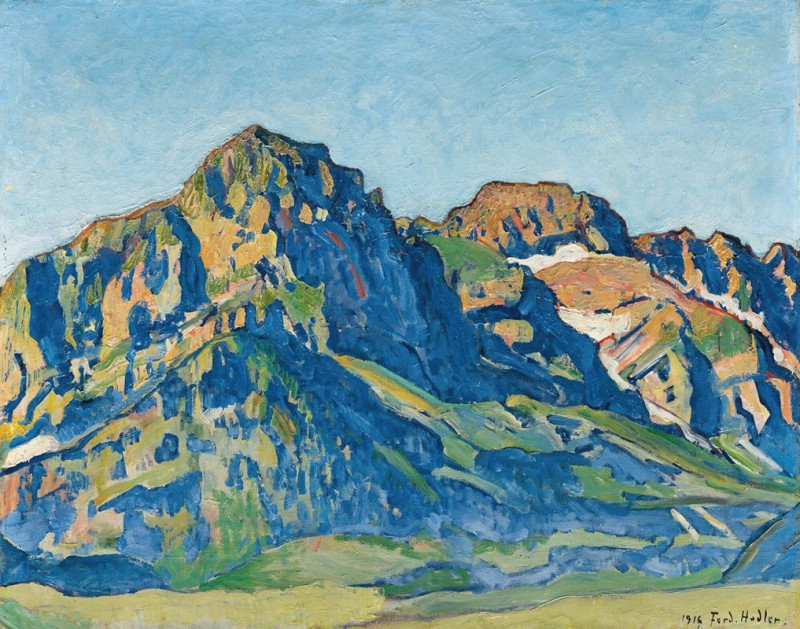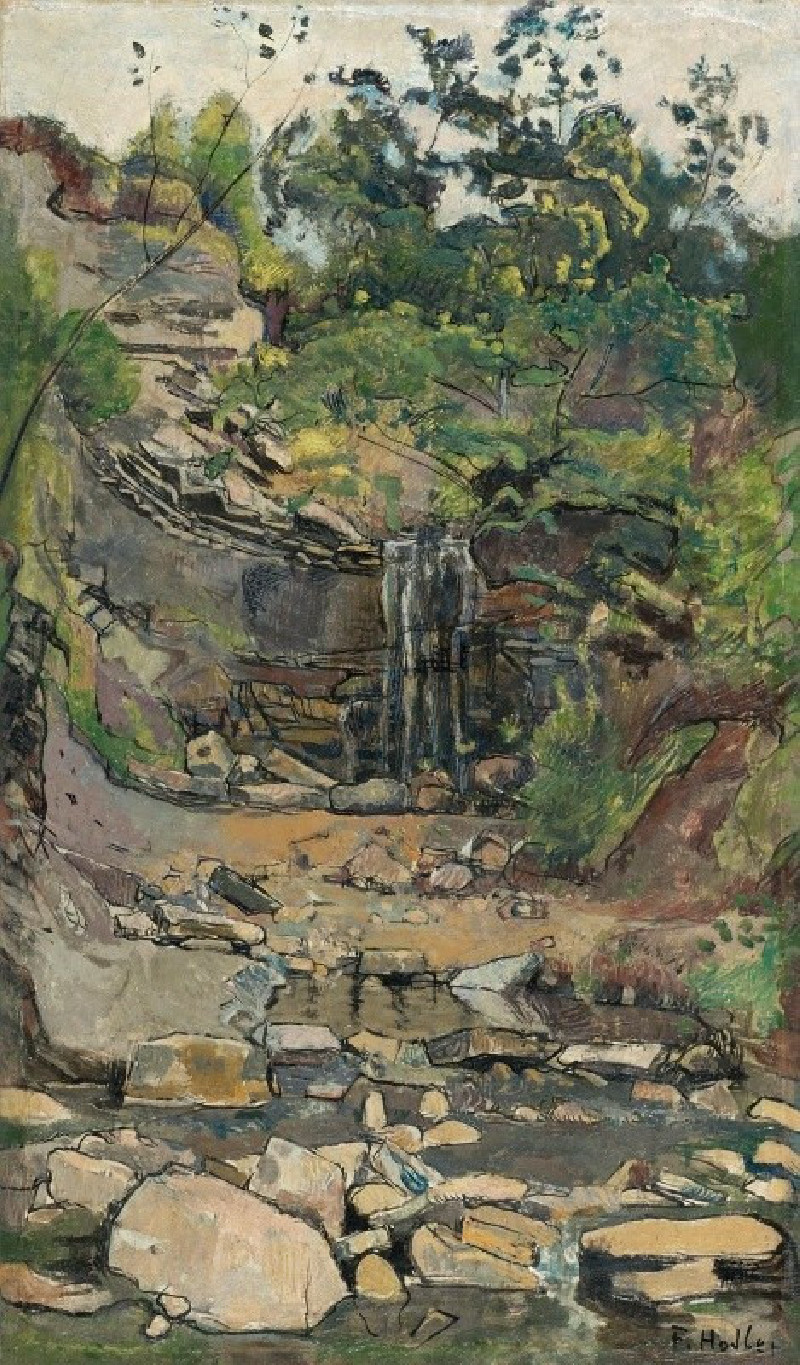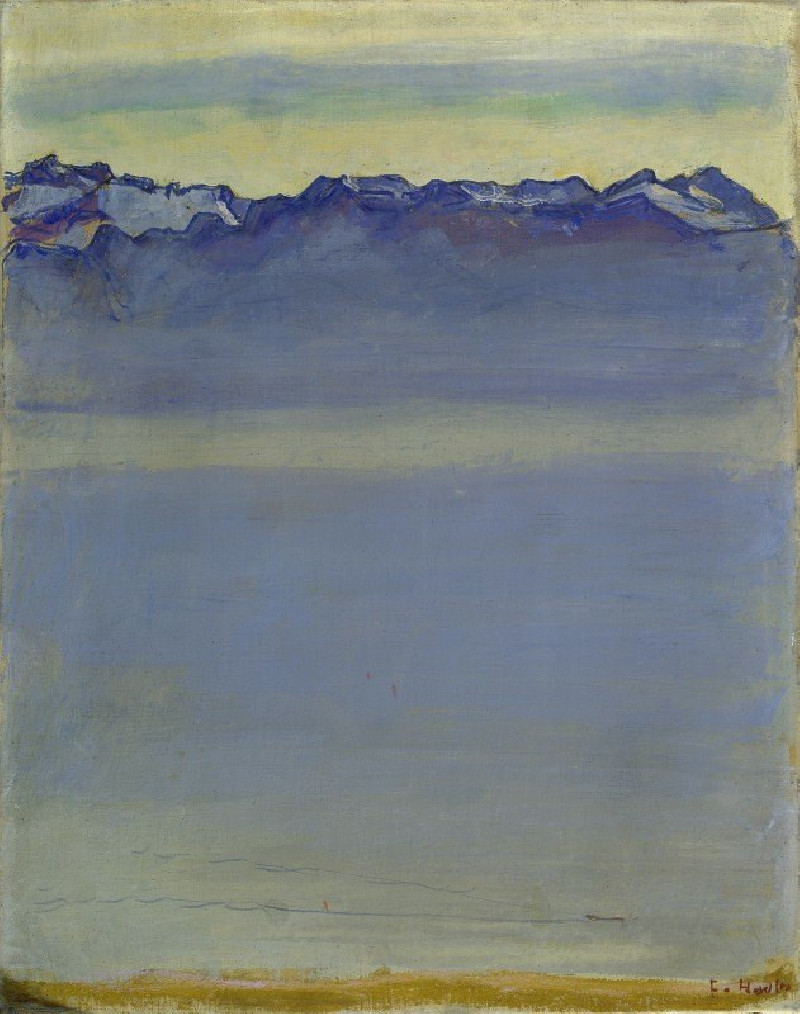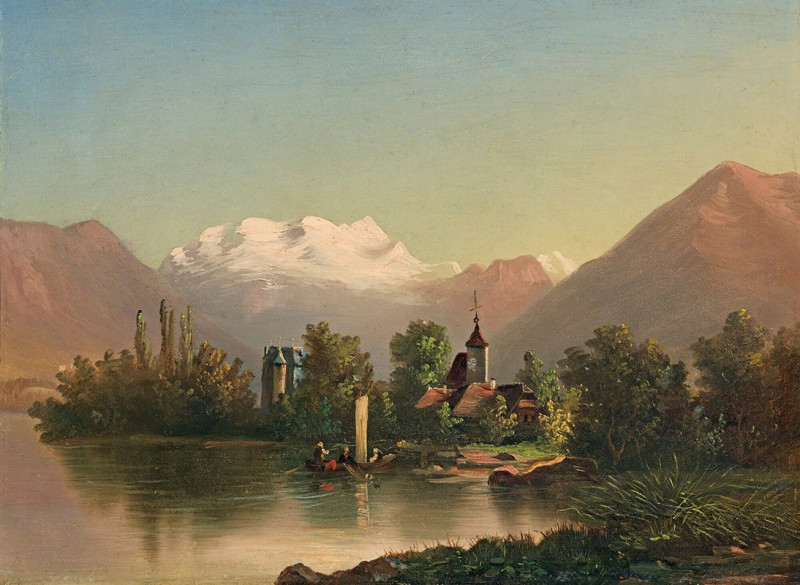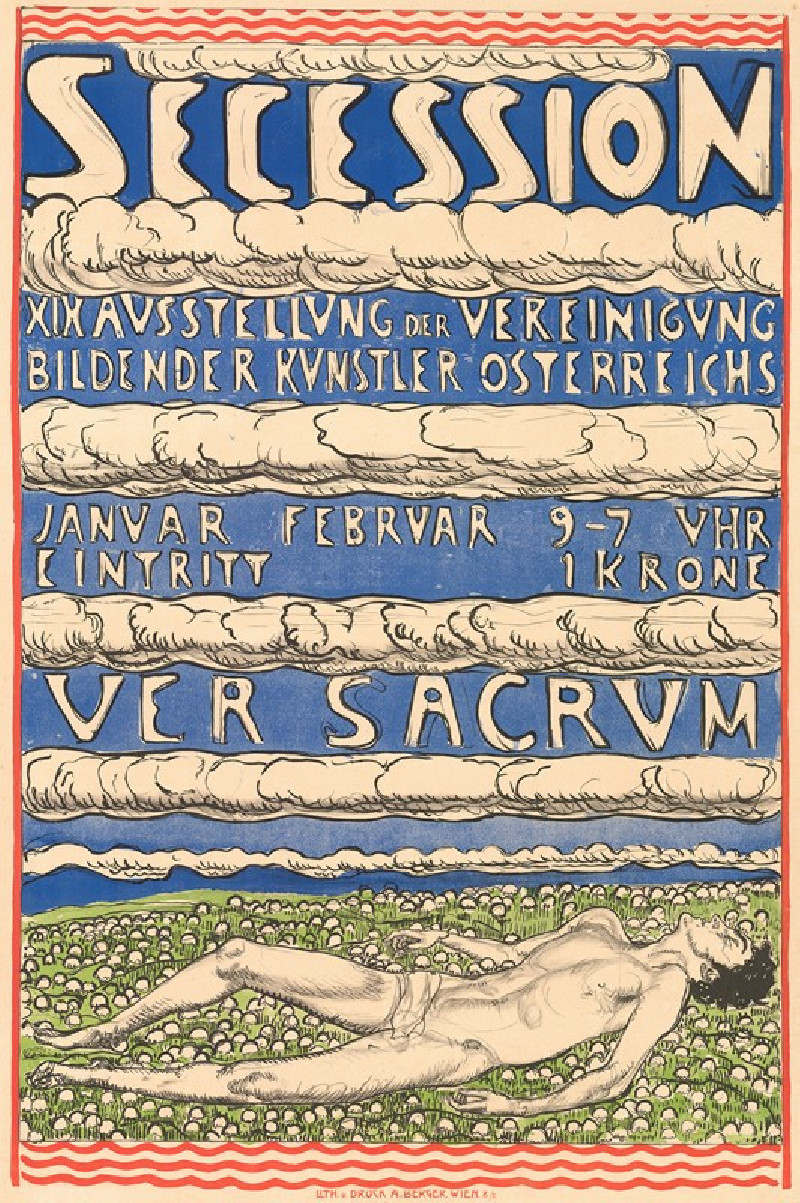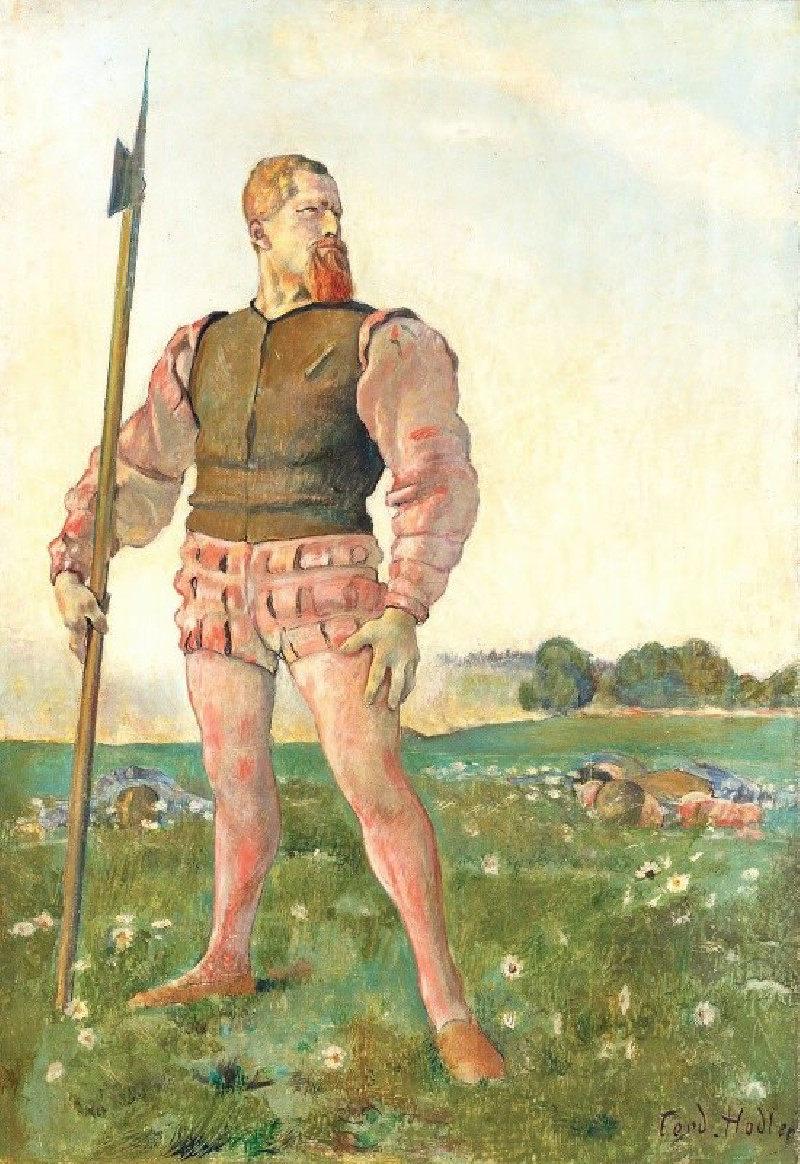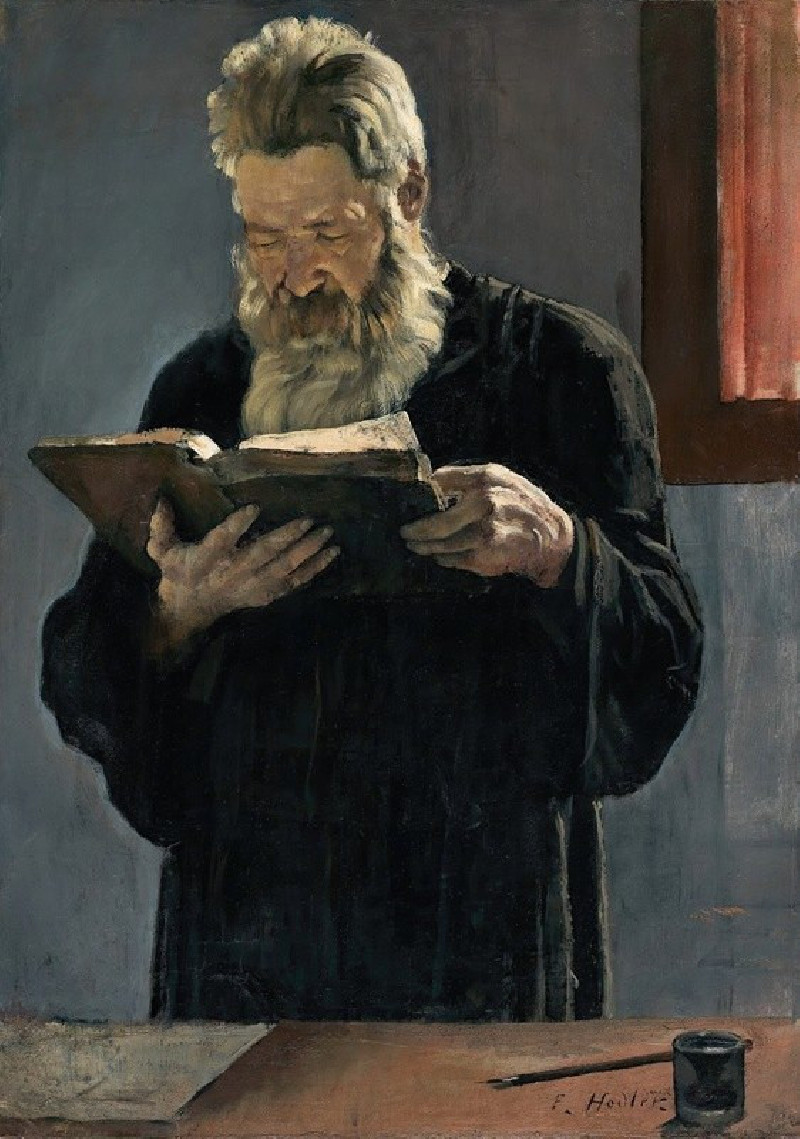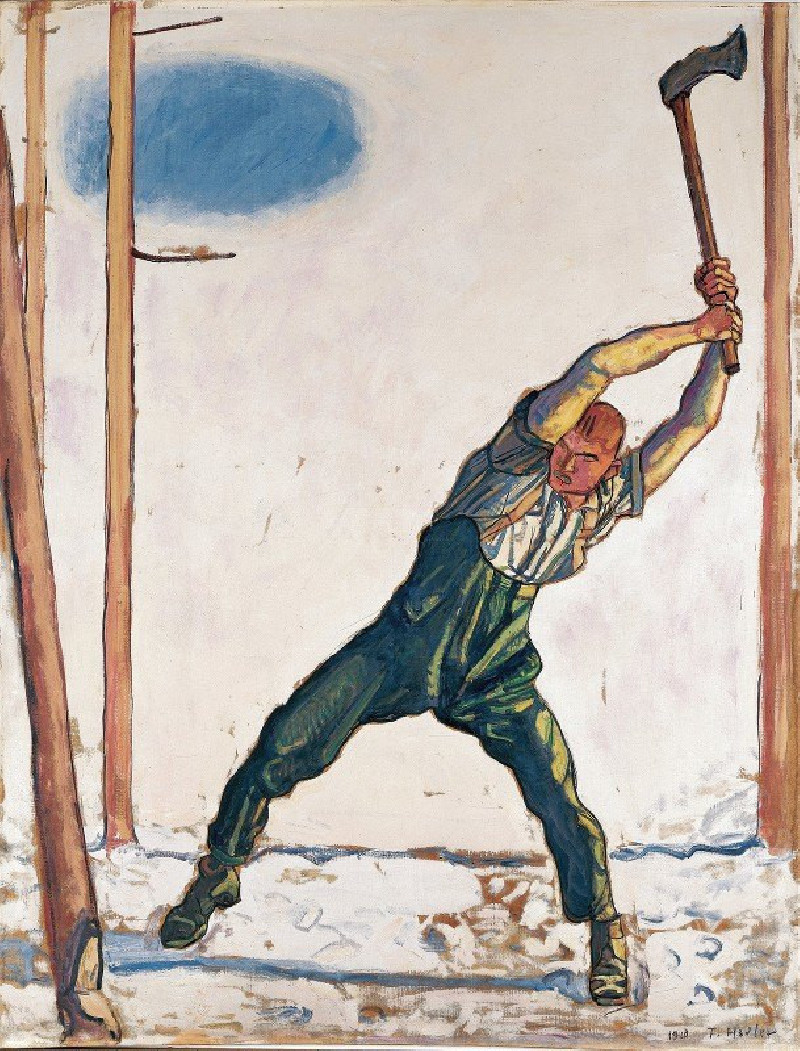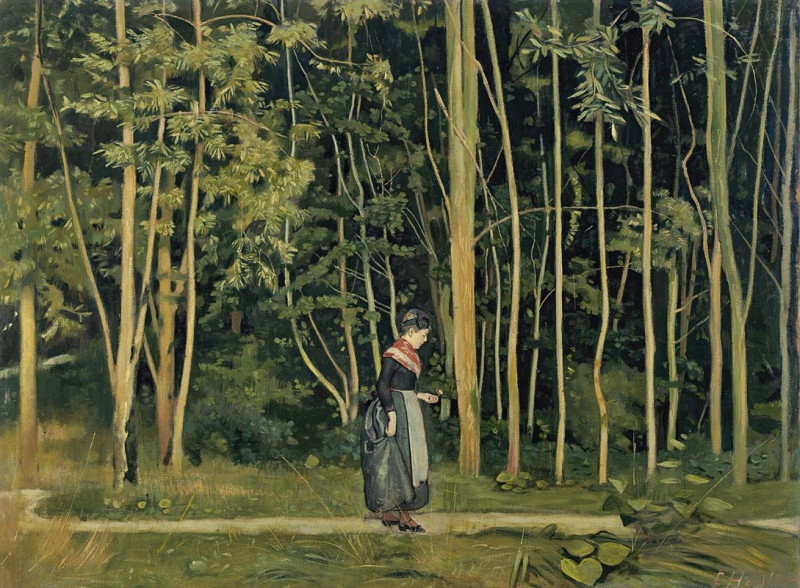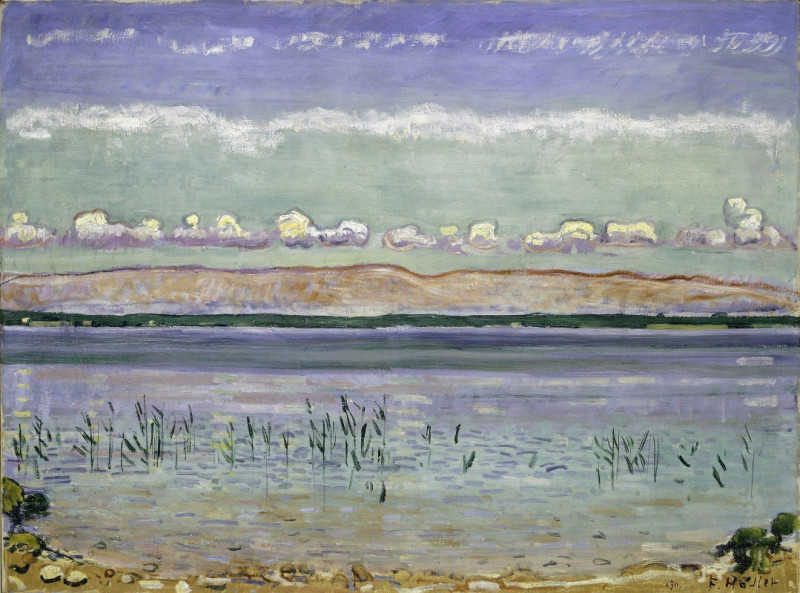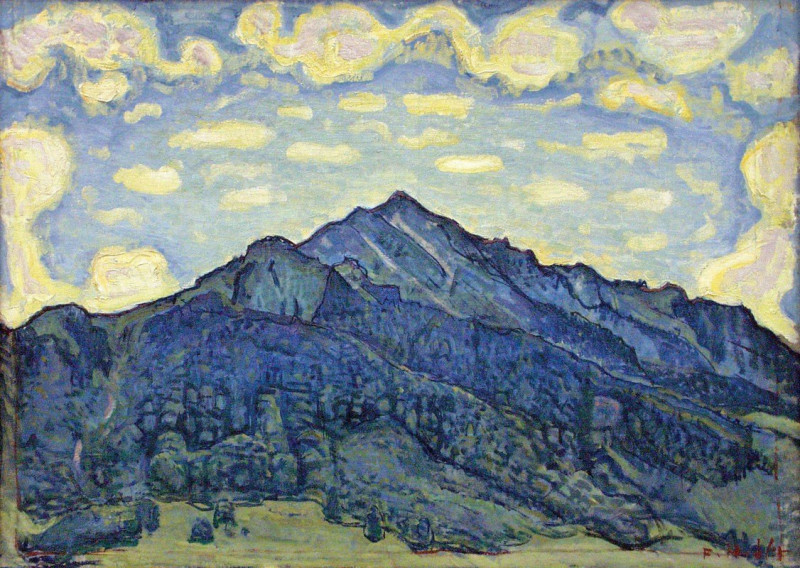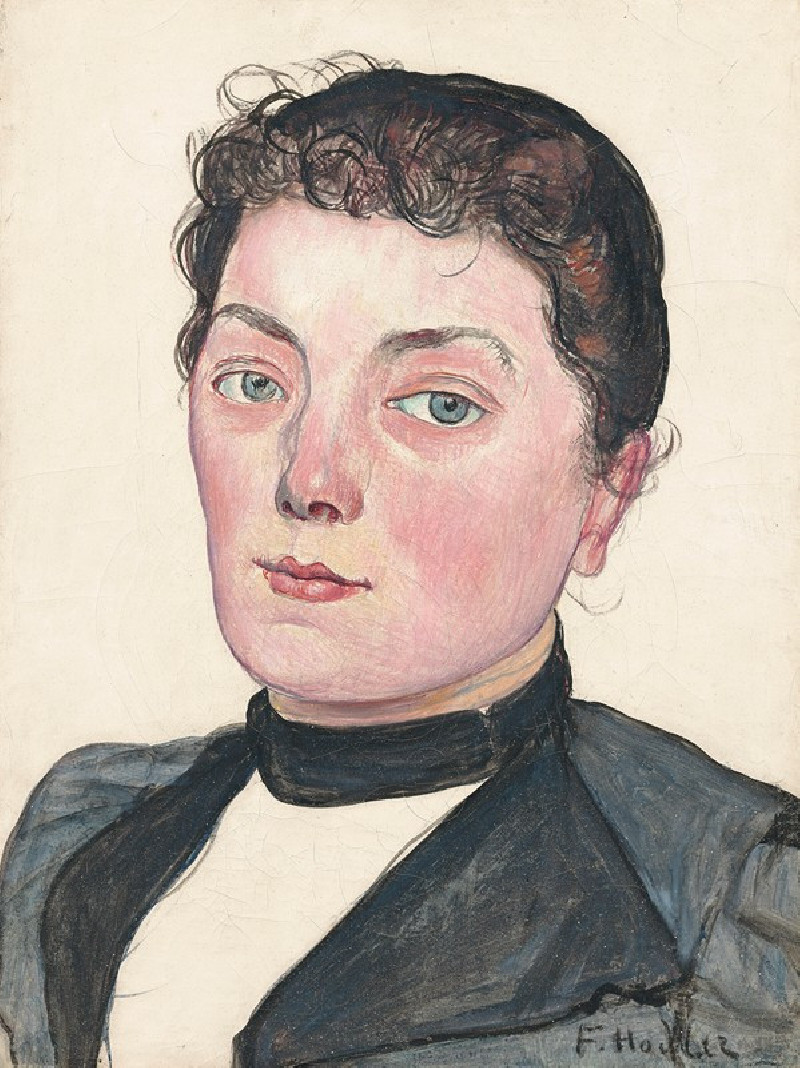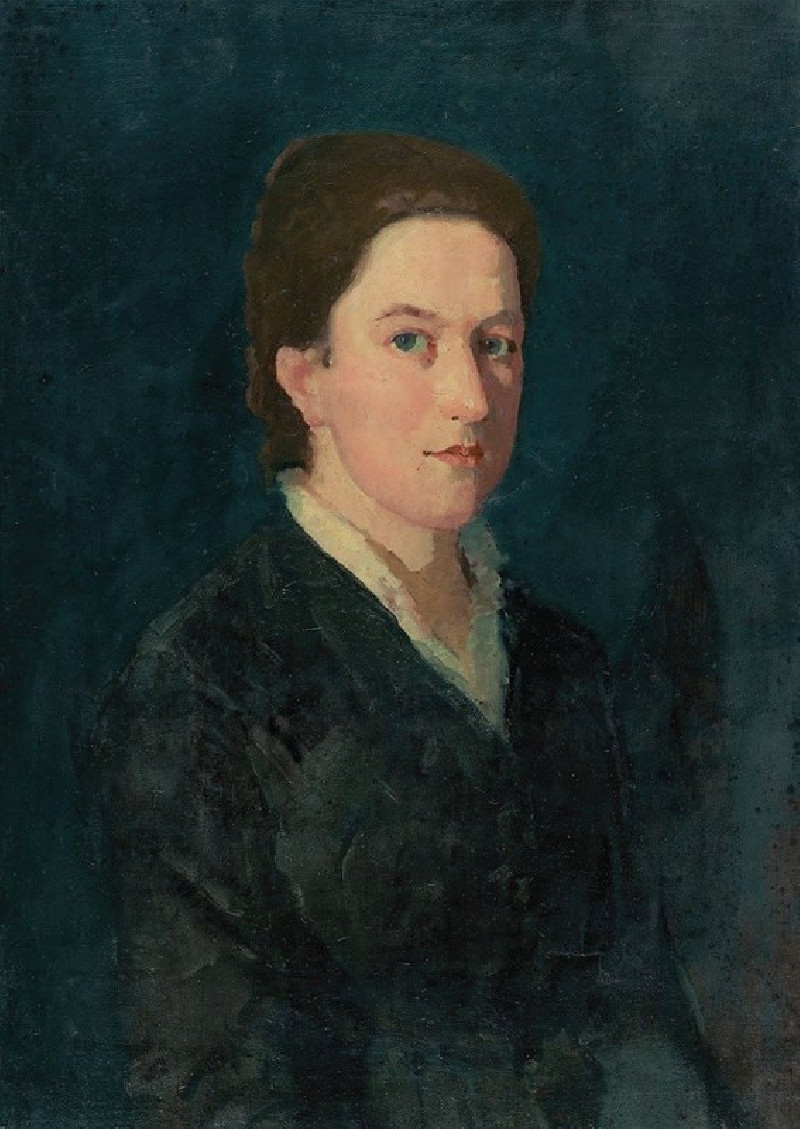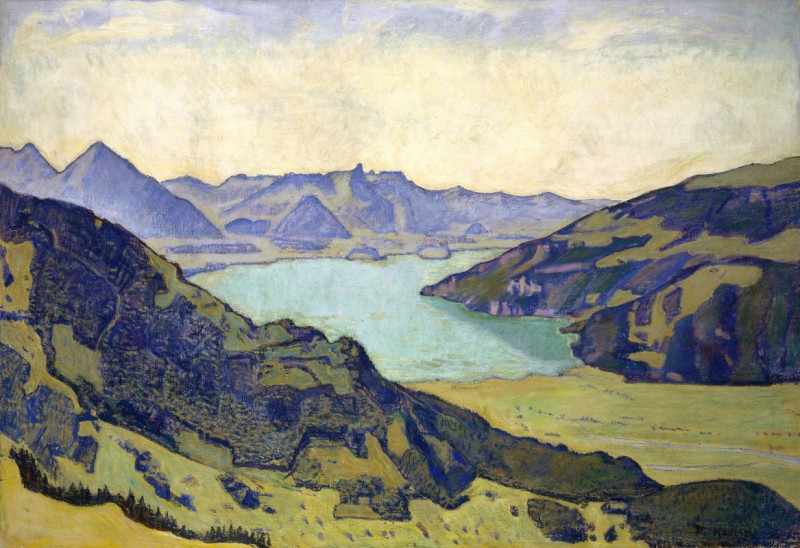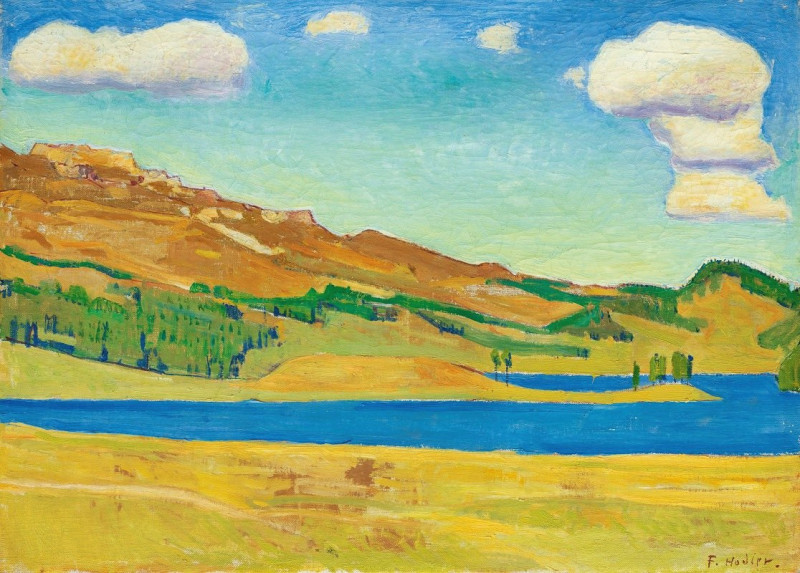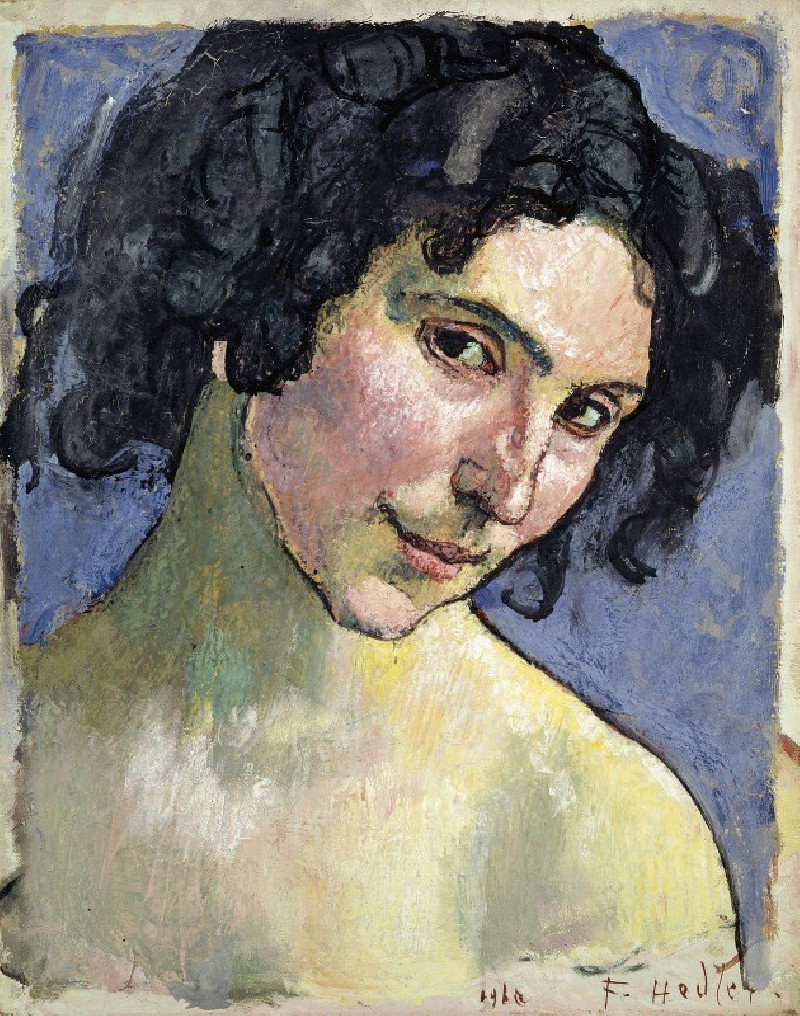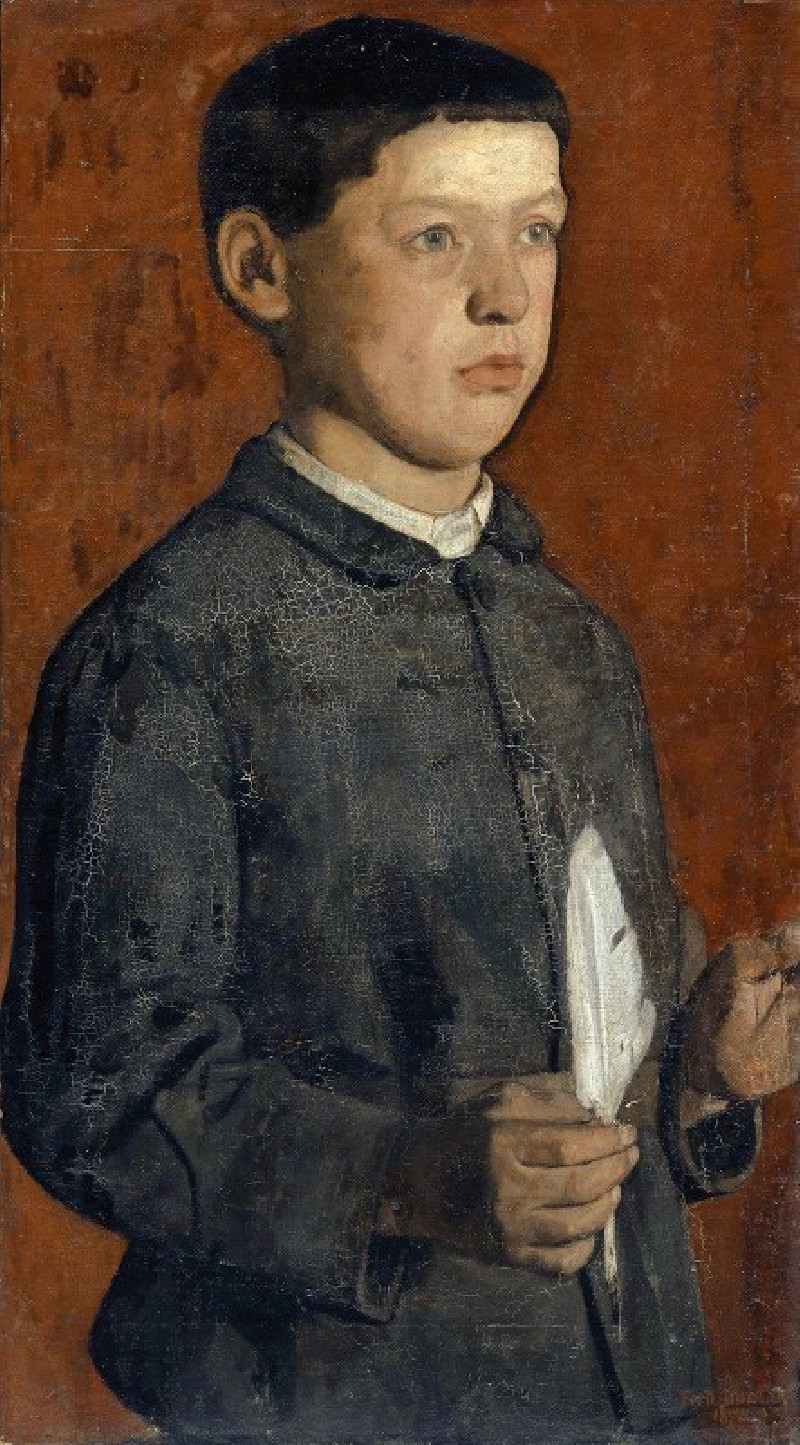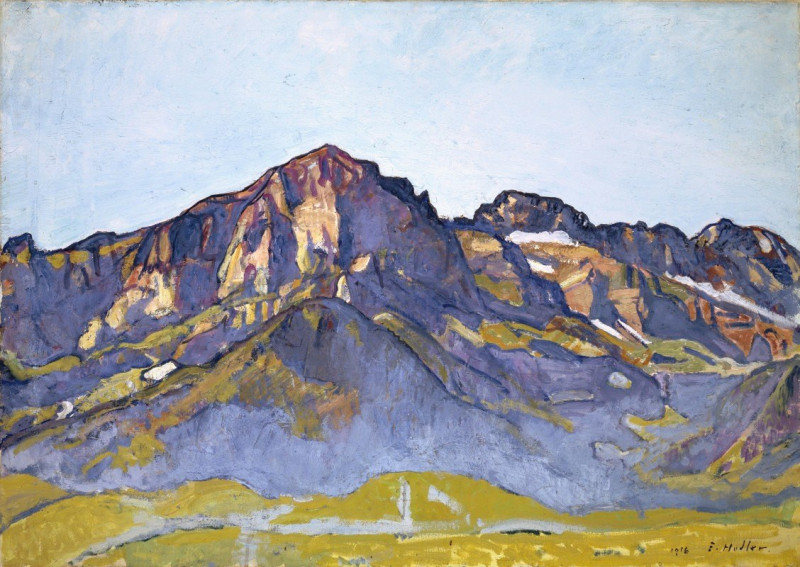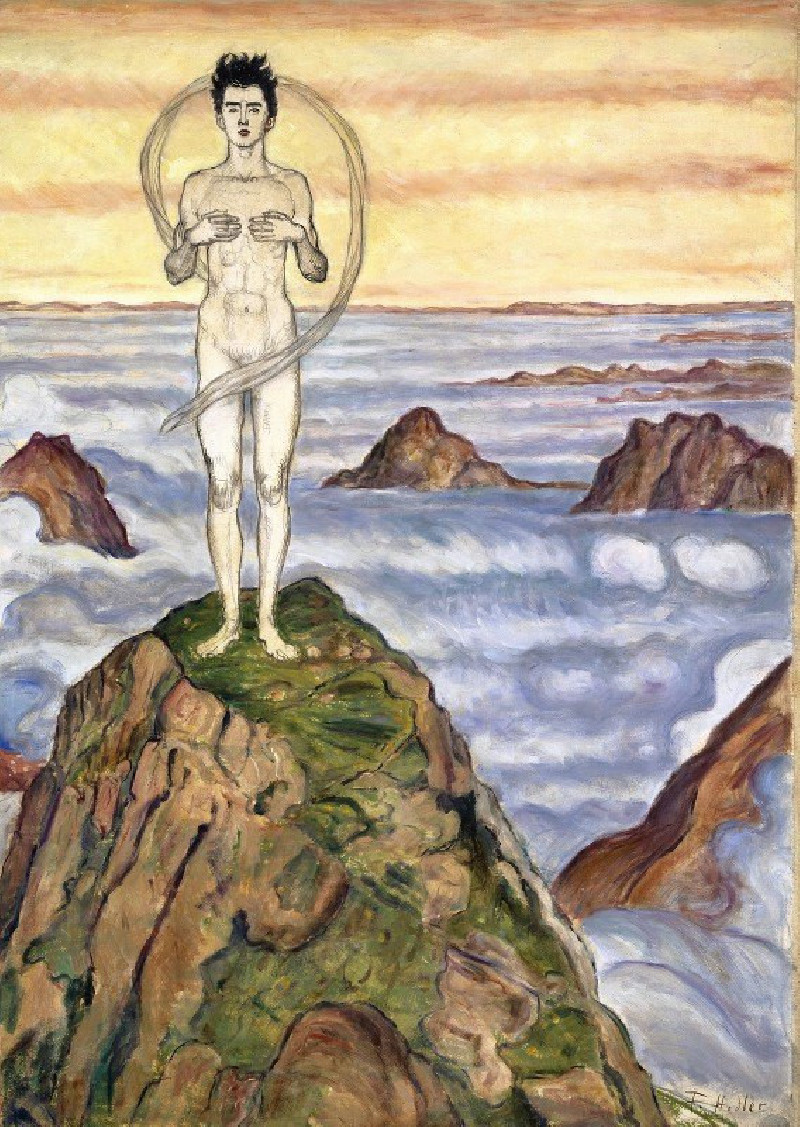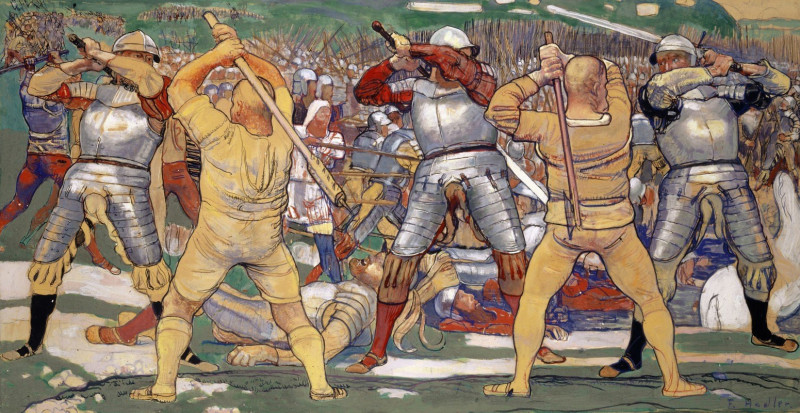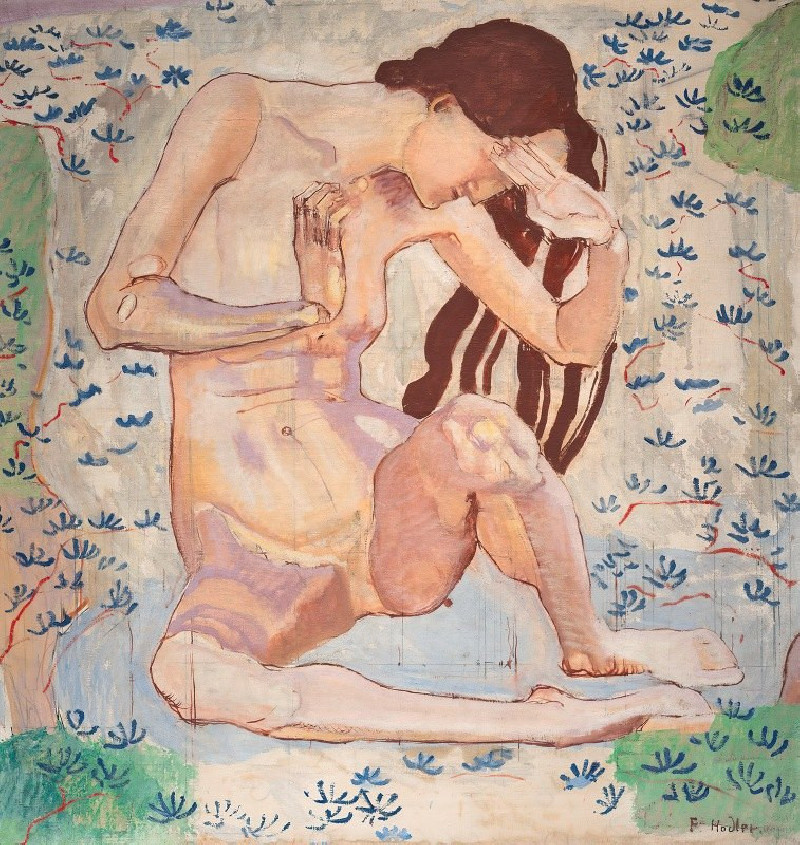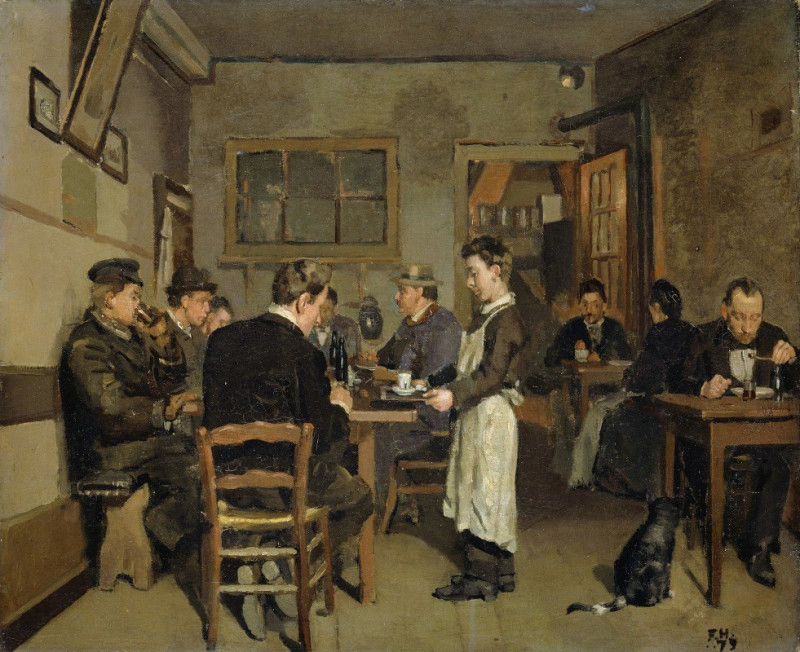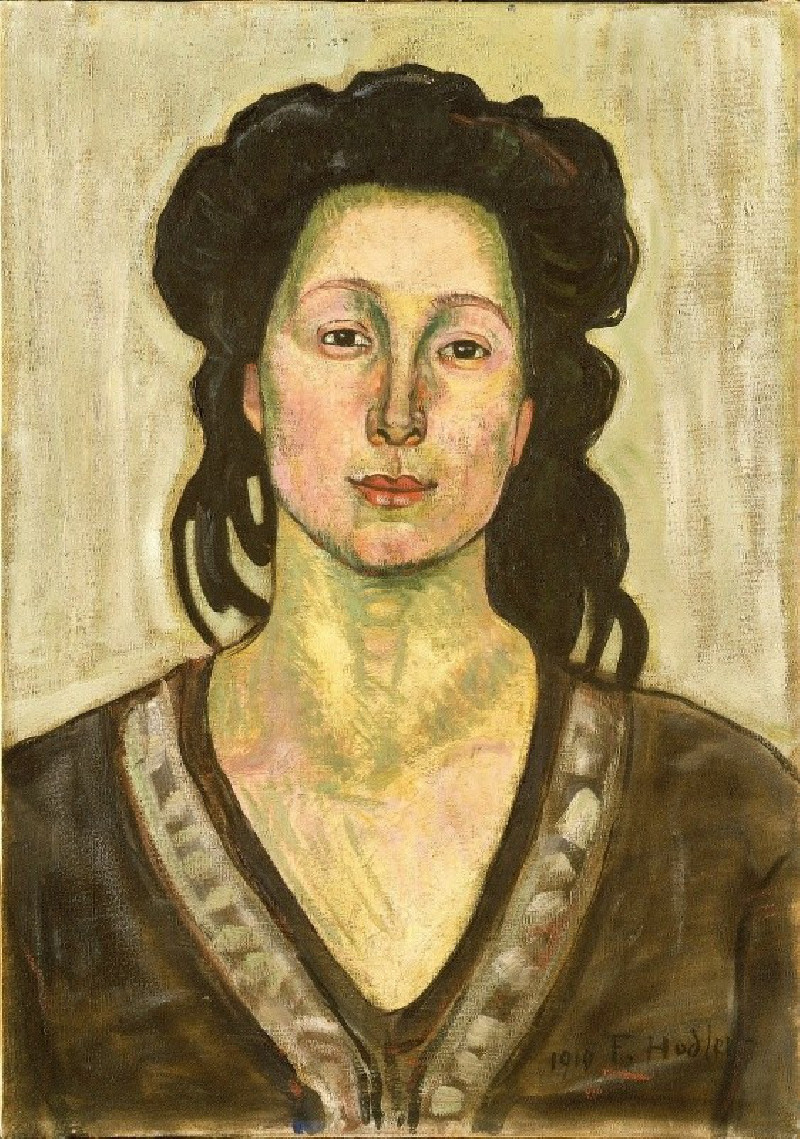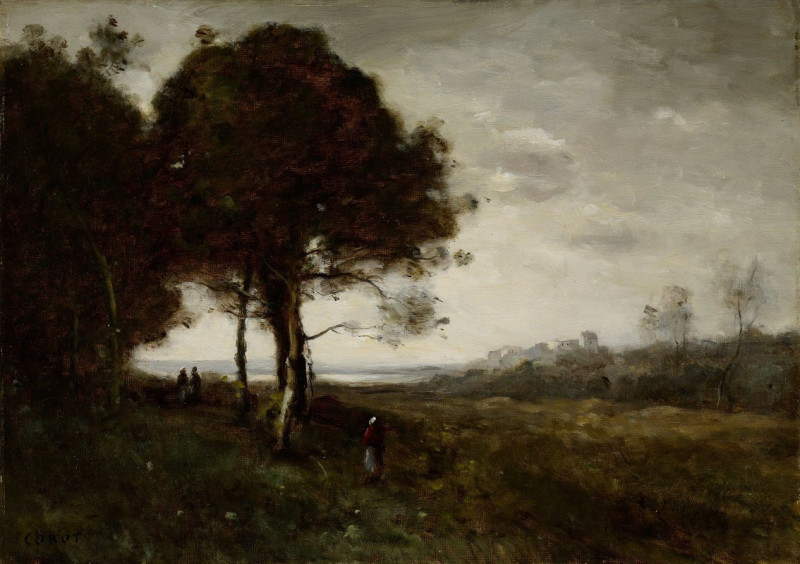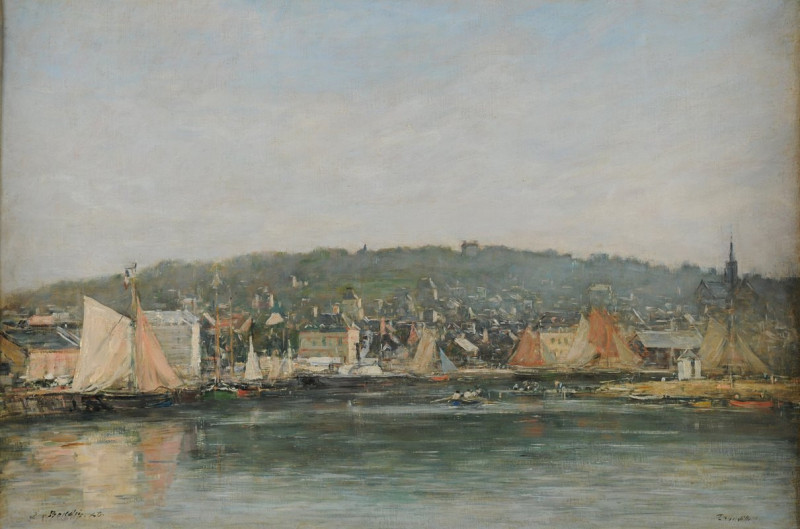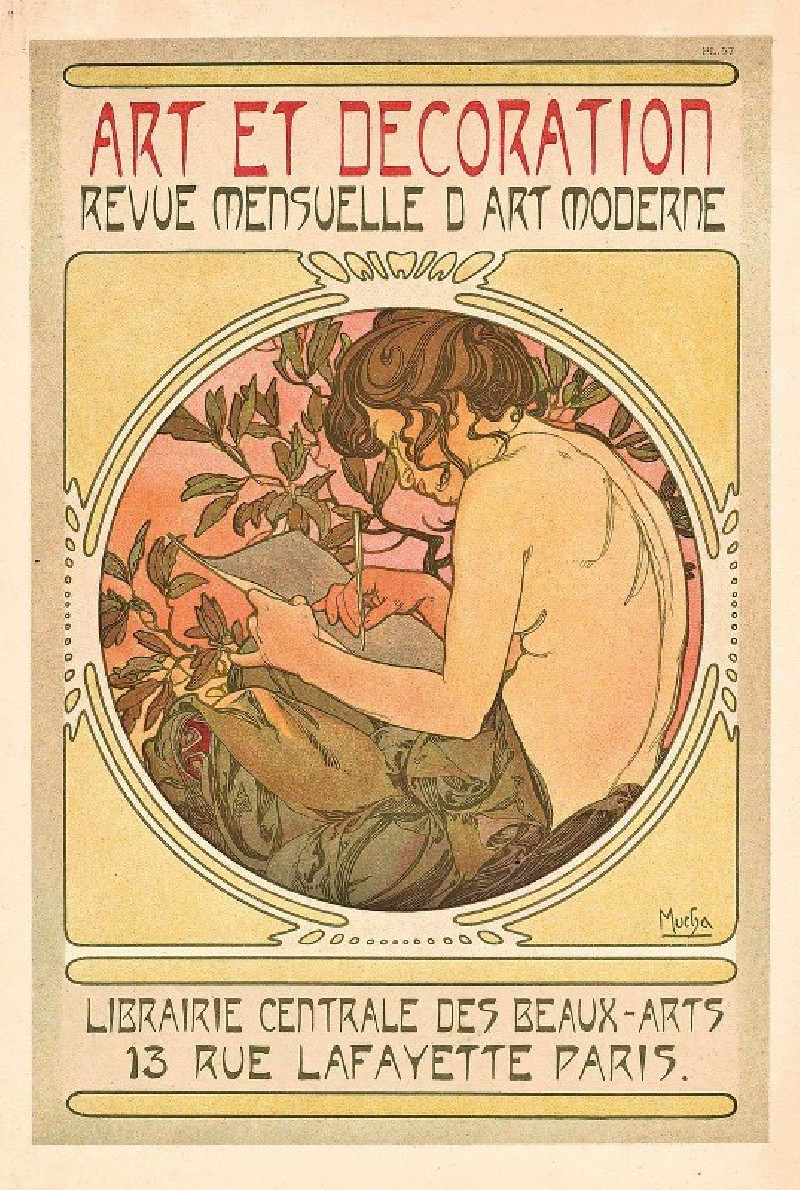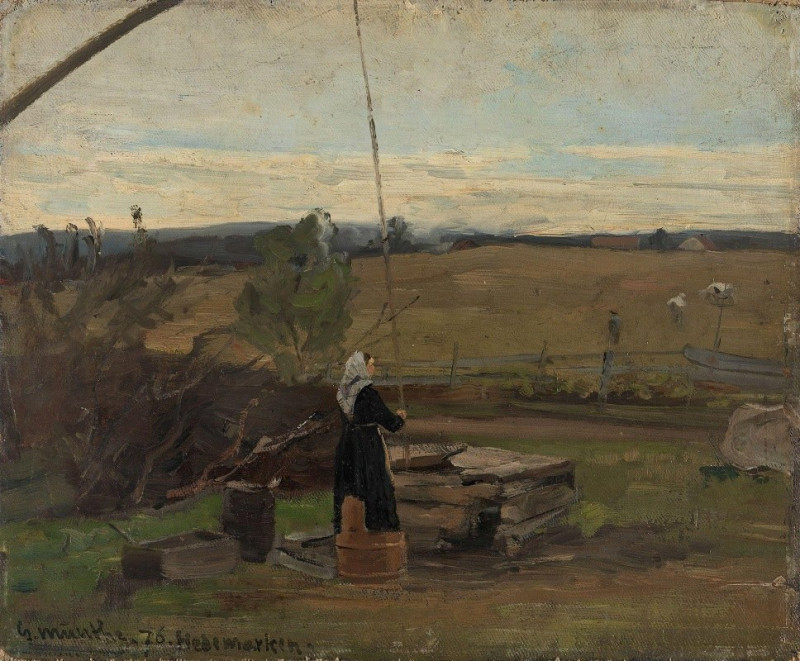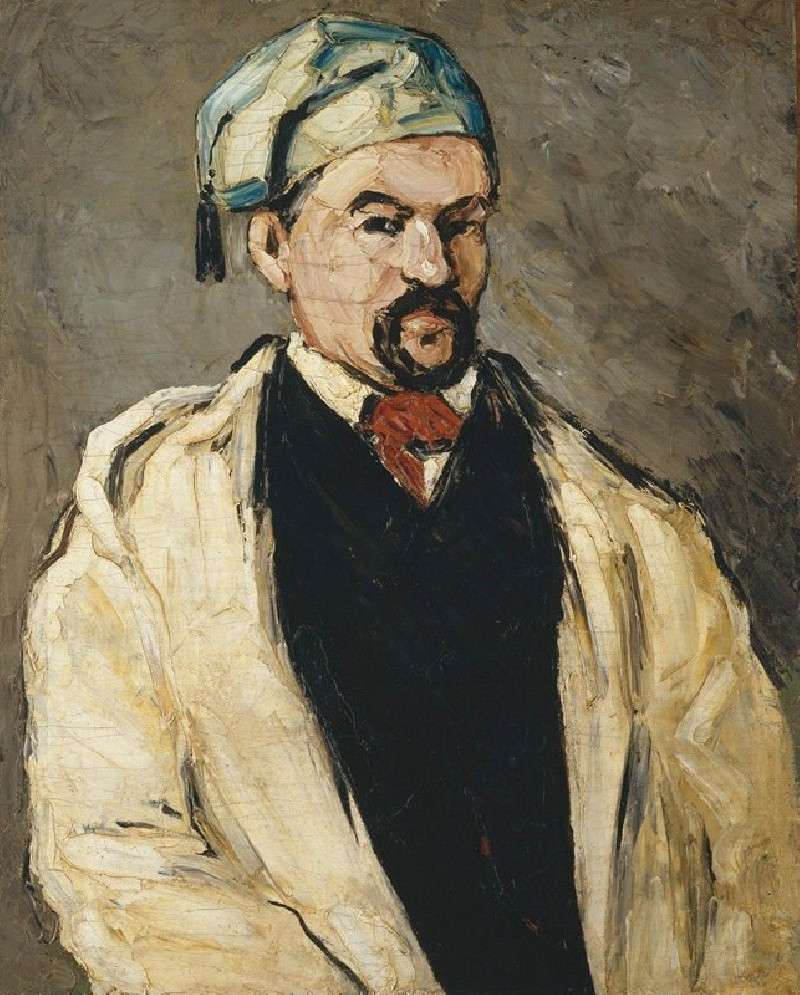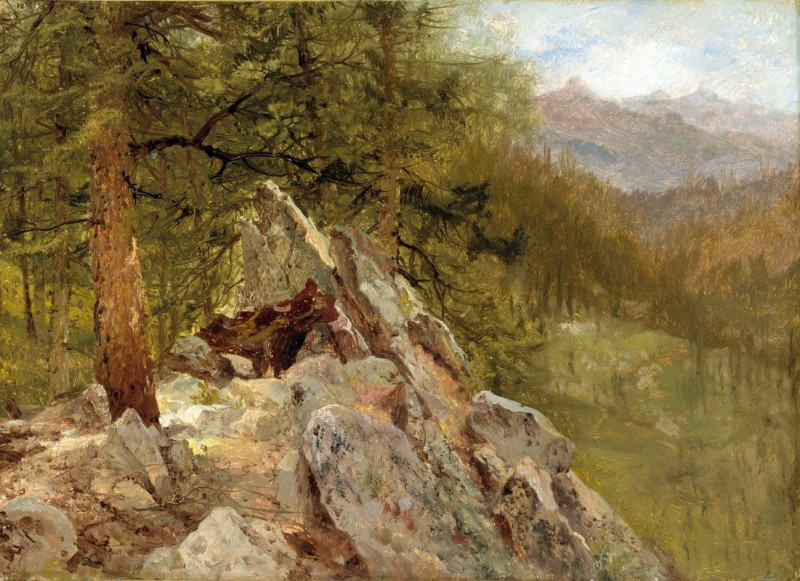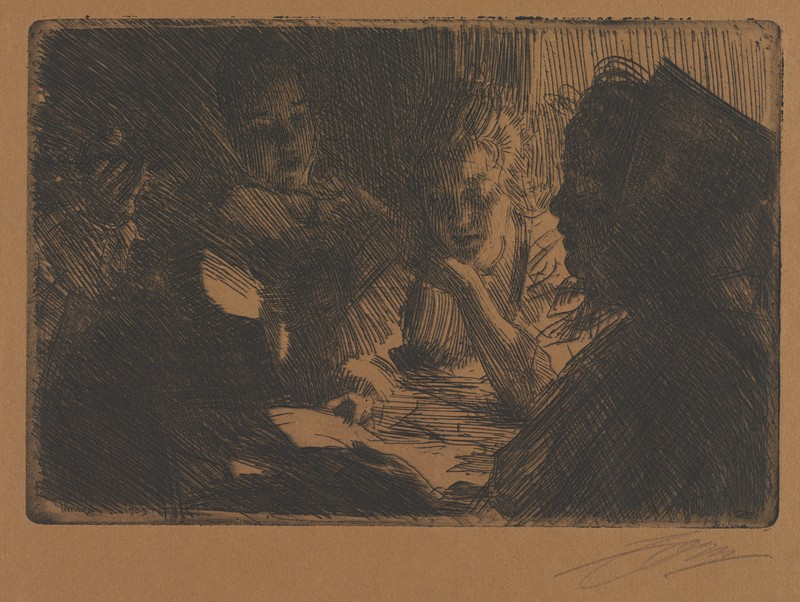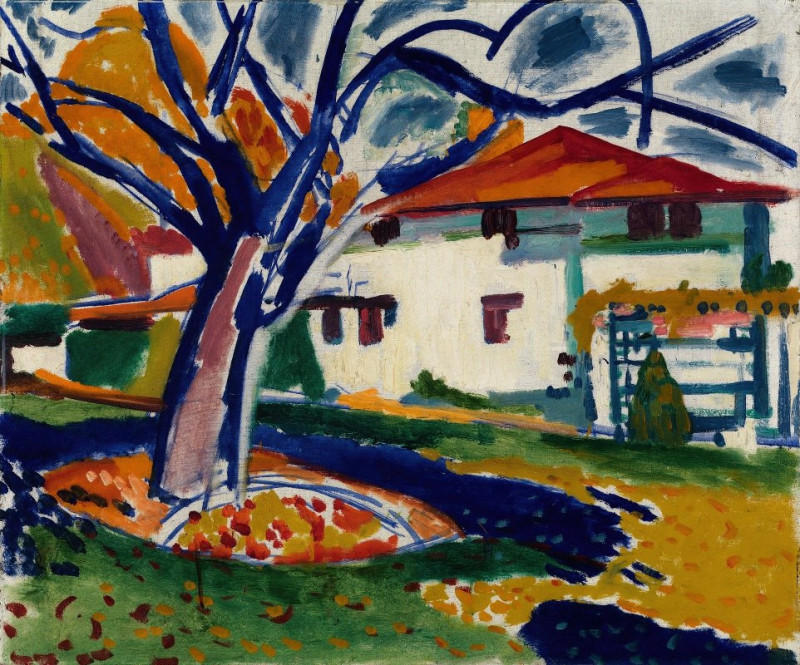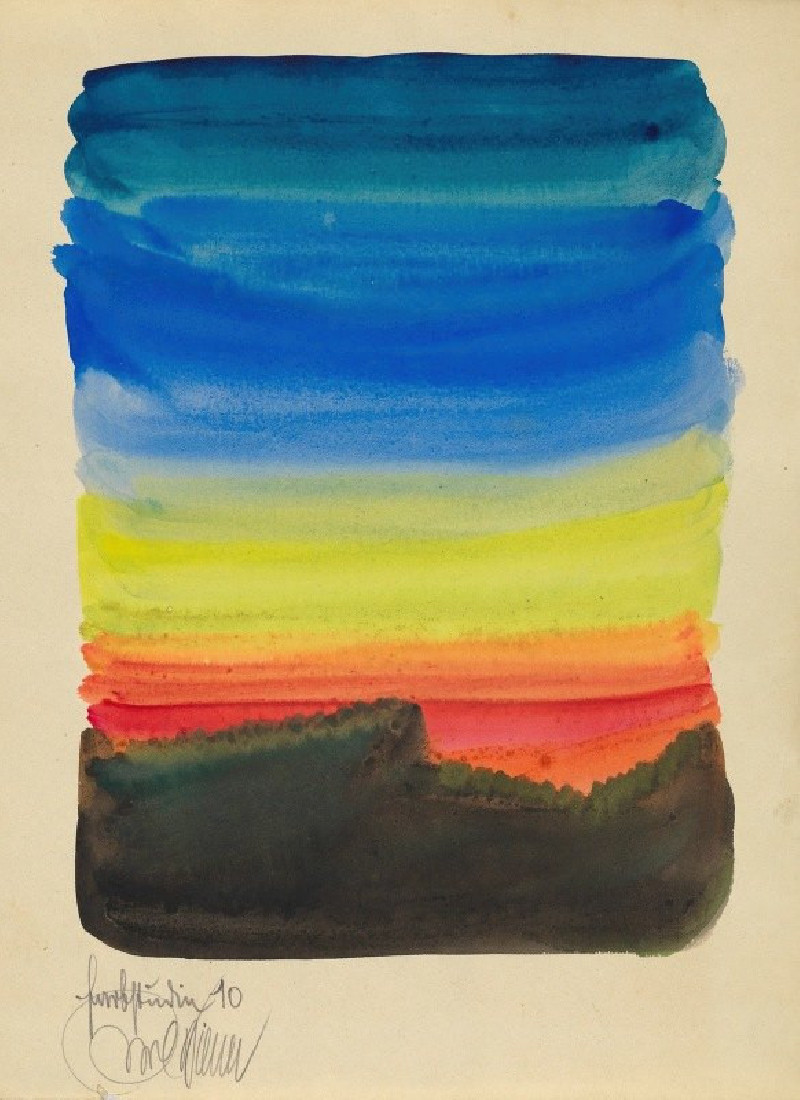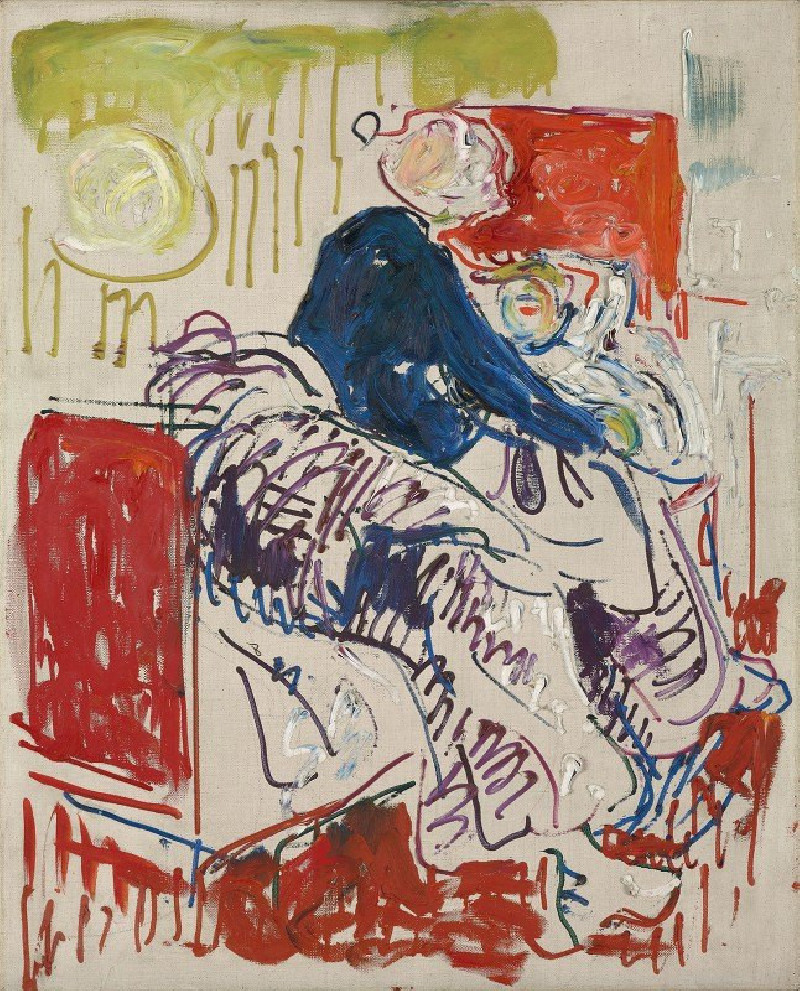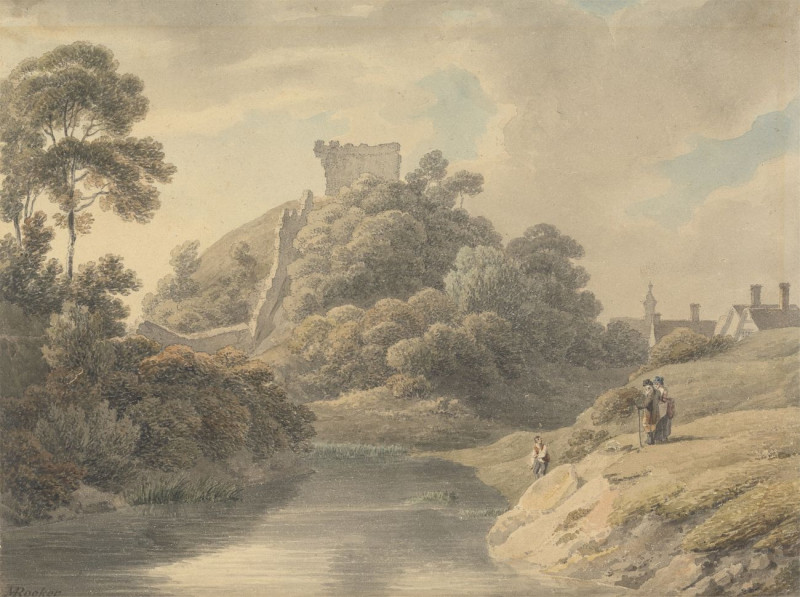Die Dents Blanches (1916)
Technique: Giclée quality print
Recommended by our customers
More about this artwork
Ferdinand Hodler's painting titled "Die Dents Blanches" dated 1916, vividly captures the rugged beauty of the Dents Blanches mountain range. This magnificent piece showcases Hodler’s characteristic style of bold colors and emotive simplification of forms, which speaks to both the beauty and the imposing power of nature.In this composition, various shades of blue outline the sky and set the backdrop to the craggy peaks of the Dents Blanches, which are rendered in striking hues of orange, green, and dark blue. The mountainsides and crevices are delineated with thick, confident brush strokes that emphasize the dynamic textures of the rock formations. The lower sections of the painting soften into gentle greens where gentler slopes lie, suggesting verdant valleys that perhaps host hidden life under the mountain shadows.This artwork is not just a depiction but an emotional interpretation, inviting viewers to not only see but feel the landscape — its majesty, its vastness, and the enduring presence over the lush valleys.

